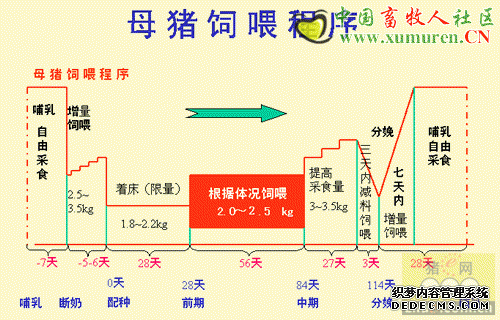By Ontario Pork - This article looks at livestock farming issues, such as manure management, odour controls and ways to improve water quality.
Manure - The Natural Nutrient
Manure is not a waste product and has always been the original fertilizer. As gardeners know, livestock manure provides important natural fertilizers and soil conditioners.
Farmers use manure to:improve crop yieldsadd organic matter to improve the soil quality, including water and nutrient holding capacityreduce runoff and soil erosion potential through improved soil structureencourage growth of beneficial soil organisms
The main nutrients in manure are nitrogen (N), phosphorus (P), and potassium (K). Plants need nitrogen for growth, phosphorus for healthy roots, and potassium for protection from wilting, disease, cold and dryness. Regular soil testing allows farmers to apply only the nutrients theircrops require, at the times when the crops can best use them. This is good for the environment andmakes economic sense for the farmer.
Components of a Nutrient Management Plan:
Soil Test Results (identification of nutrients found/or lacking in soil)Manure Test Results (identification of nutrients found in manure)How and When to Apply Nutrients to CropsCalibrating Manure Spreaders for Accurate ApplicationIdentification of Potential Environmental RisksProper Storage of Agricultural NutrientsContingency Plan (outlines what to do if things go wrong)Good Neighbour Policy
Nutrient Management - An Important Farming Practice
Nutrient management is the science that ensures water quality and soil health are maintained or improved, crop yields are maximized, and manure odour is minimized.
In Ontario, the Nutrient Management Act outlines regulations that farmers must follow when devising their nutrient management strategy. Its purpose is to provide a uniform approach to nutrient management across the province that can be adopted by farmers and municipalities.
Three components of a Nutrient Management Planning Strategy are:Nutrient management plan.Proper manure storage construction practices.At least 240 days of available storage for new liquid manure storages.
If the components of the Nutrient Management Planning Strategy are followed properly, the size of a farm or number of livestock is not an issue. The number of animals allowed on a farm must match the amount of available land.
How Close Is Too Close?
Type of LivestockLivestock UnitsDairy Cows0.16China0.56Denmark0.65United States0.03Source: Barrington, Macdonald CollegeMunicipalities enforce minimum distance separation, which identifies the required minimum distance a new barn can be located from a residence and/or business. Minimum distance is determined by the number of livestock units the barn may hold, the type of manure produced, size of the expansion, and other land use factors.
Manure Management
Sustainable livestock production and nutrient management plans require responsible manure application and storage.
Farmers know the amount of manure their animals will produce, and build engineered manure storages accordingly. Liquid manure storage facilities must be large enough to hold all the manure that the animals produce in a barn for up to at least eight months. This storage capacity allows farmers to store the manure until the time is right to spread it on the land.
Modern manure equipment can inject or work manure into the soil, or spread it on top of the land. Some advanced manure equipment uses global positioning system (GPS) technology, including satellite images of a field to apply precise amounts of manure where it抯 needed. Some parts ofa field may have soil that is already rich in nutrients; other parts of the field may require more fertilizer. This makes good economic and environmental sense.
Odour Management
A certain amount of odour is expected from livestock farms. There are three major sources of odour: barns, manure storages and field application. Farmers are making odour control a priority and many are already using a variety of odour control methods. Industry stakeholders, such asequipment manufacturers, are investing in new and more effective technologies to manage manure odour and researchers are looking for new ways to manage the issue.
Modern manure management practices are reducing odours at each source. For example:Distance from neighbours and prevailing wind patterns are factors when choosing a new barn site. Minimum distance separation calculations must be followed.Engineered, well-maintained concrete manure storages reduce surface area and minimize odour.Many farmers cover their manure storages to reduce odour.Injecting manure or working it into the soil helps reduce odours.Timing of application is usually best on cool days, early mornings, midweek, or when prevailing winds are away from neighbours or nearby communities.
声明
来源:互联网
本文地址:http://farm.00-net.com/yz/zhu/5/2007-09-20/142362.html








